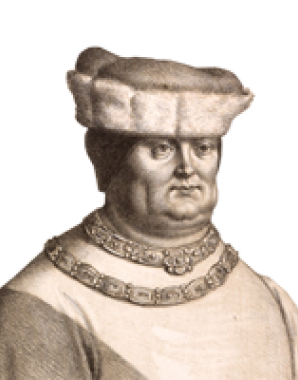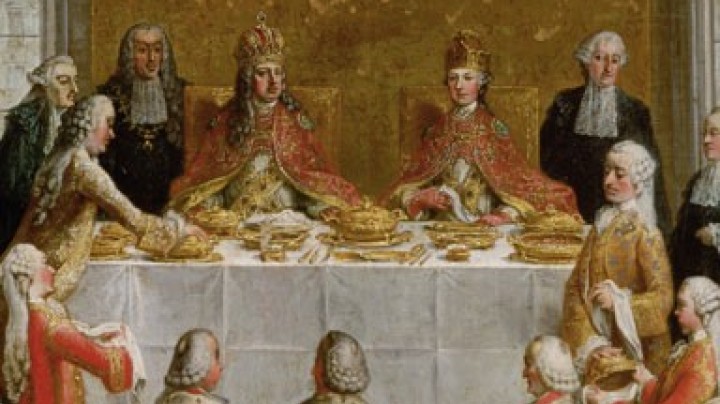Forgery à la Habsburg: the Privilegium maius
With a number of forged documents, the ambitious Duke Rudolf IV succeeded in raising the status of the house of Austria and extending Habsburg territorial claims.
In the fourteenth century, while the Habsburg rulers succeeded in consolidating their position in the various duchies, they found their standing in the Holy Roman Empire seriously threatened. In 1356, Emperor Charles IV of the house of Luxemburg issued the Golden Bull that was to regulate the election of the Roman-German King right through until the end of the Holy Roman Empire in 1806. Among the matters that were clearly defined was that of the college of seven prince electors – who did not include the head of the house of Habsburg, as Austria was not an electoral principality.
However, the Habsburg duke Rudolf IV had ambitious plans, which he set about realizing only a few months after he had entered into the inheritance of his late father Duke Albrecht II: in the winter of 1358/59, in order to raise the standing of his family in the Empire, he had a number of documents forged that have gone down into history as the Privilegium maius (greater charter). In those days, it was common practice for rulers to fabricate fraudulent charters in order to add weight and a semblance of legitimacy to their claims.
In this case, use was made of more ancient documents. Most especially, the Privilegium minus of 1156, in which Emperor Frederick Barbarossa had granted particular rights to the Babenbergs in the person of Duke Henry II ‘Jasomirgott’, was augmented by Rudolf’s forgers in favour of their successors the Habsburgs. One of the most important specifications of the forged document was that the Duke of Austria should be accorded a status equal to that of the prince electors – ‘like to an archduke palatine’. The original bull was attached to the forged document, while the original document itself appears to have been destroyed straightaway.
The Emperor declined to recognize the Privilegium maius – not least because the humanist Petrarch, who was active at his court, noted that it made reference to two forged charters alleged to have been issued by Caesar and Nero. The Privilegium maius was only accorded imperial recognition in 1442, by the Habsburg emperor Frederick III. The title ‘Archduke/Archduchess’ (‘archidux’) became a Habsburg speciality and from the fifteenth century was held by all members of the family. Not until the nineteenth century was the Privilegium maius proved beyond doubt to have been a forgery.


















